Islamist groups in Middle East weakened after Gaza conflict
- Update Time : Saturday, January 18, 2025
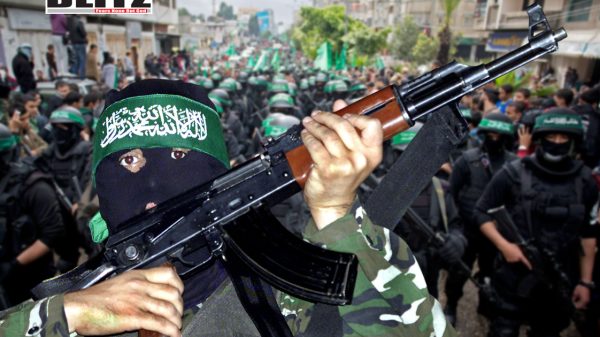
The ceasefire set to come into effect on January 12, barring unforeseen setbacks, marks a pivotal moment for the Middle East. It signals not only the cessation of hostilities but also a profound transformation in the regional balance of power. Islamist militant groups that have long shaped the dynamics of the region-Hamas in Gaza, Hezbollah in Lebanon, and various Shia militias in Iraq and Syria-are emerging from the Gaza war considerably weakened. Only the Houthis in Yemen appear stronger, though their position is precarious. Meanwhile, the Islamic State (IS) remains a diminished force, far from its former prominence.
For groups like Hamas, survival after such a large-scale conflict can be construed as an achievement. Yet, the significant concessions made by Hamas leading up to the ceasefire underscore its diminished state. Militarily, the group has faced devastating losses, with senior and mid-level commanders killed in Israel’s relentless campaign. Politically, Hamas finds itself isolated, with its authority in Gaza fragmented and its legitimacy under scrutiny by the very people it claims to represent.
The impact of the conflict on Hamas’s leadership has been stark. Yahya Sinwar, the hardline leader and architect of the 2023 surprise attack on Israel that triggered the war, was killed in southern Gaza in October. Ismail Haniyeh, then the political head of Hamas, was assassinated in Tehran by Israeli operatives. This decapitation of Hamas’s leadership has left the organization divided. The split is particularly evident between its overseas political leadership, which has adopted a more pragmatic stance, and the hardliners in Gaza, led by Mohammed Sinwar, Yahya’s brother.
Mohammed Sinwar now holds significant sway, particularly because he controls the hostages critical to the ceasefire agreement. Experts warn that this internal division may complicate efforts to maintain the ceasefire. “The ceasefire is in the hands of Mohammed Sinwar. No one outside can impose anything on him,” noted Mkhaimar Abusada, a political scientist at Al-Azhar University in Gaza.
Hamas’s military capacity has also been severely degraded. Despite efforts to replenish its ranks, the group’s ability to project power is a shadow of what it once was. This erosion of strength has diminished Hamas’s standing not only in Gaza but also among Palestinians in the West Bank and beyond.
Hamas’s predicament is compounded by the weakened state of its regional allies. Hezbollah, once the cornerstone of Iran’s “axis of resistance,” has suffered significant losses in its clashes with Israel. The organization has lost much of its leadership and arsenal since Israel launched its offensive last October. Additionally, the fall of Bashar al-Assad’s regime in Syria has deprived Hezbollah of a crucial logistics base and supply route from Iran, its primary backer for decades.
In Lebanon, Hezbollah’s political influence has waned. The recent election of a Lebanese president committed to curbing Hezbollah’s power underscores the group’s declining clout. Similarly, pro-Iranian militias in Iraq have been unable to mount any meaningful resistance against Israel, highlighting their diminished capabilities.
“Iran’s proxies are aware of their sponsor’s recent failures,” said Arman Mahmoudian of the Global and National Security Institute. “The rapid fall of Syria has left a psychological scar on these groups, raising questions about Iran’s ability to sustain its influence in the region.”
Amid this landscape of weakening Islamist groups, the Houthis in Yemen have emerged as an outlier. Their continued missile and drone attacks on Israel, coupled with their targeting of international shipping routes, demonstrate their resilience. However, Israeli airstrikes and the potential for a lasting ceasefire could curtail their activities. Experts caution that the Houthis’ current strength may be short-lived, especially if regional powers shift their focus to neutralizing their threat.
The Gaza war has also sparked fears of a new wave of radicalization across the Islamic world. Sporadic acts of violence, including the Islamic State-inspired attack in New Orleans earlier this month, have raised alarms among security officials. US authorities, in particular, are concerned about the potential for more attacks inspired by the conflict.
However, regional security experts are cautiously optimistic that the tide of radicalization may begin to subside. “If the ceasefire becomes permanent, we will see more stability in the region,” Abusada said. Stability could reduce the conditions that extremists exploit to gain recruits and support.
The conflict has also spotlighted emerging dynamics within the Islamist landscape. One notable development is the rise of Hayat Tahrir al-Sham (HTS) in Syria. Led by Ahmed al-Sharaa, a former senior commander in both al-Qaida and IS, HTS has adopted a more pragmatic approach, reaching out to minorities and downplaying its religious agenda. This shift contrasts sharply with the inflexible strategies of groups like Hamas and Hezbollah.
HTS’s success raises questions about the future trajectory of Islamist movements in the region. Will other groups adopt similar strategies to regain legitimacy and influence, or will they cling to their traditional hardline positions?
One of the most significant outcomes of the Gaza conflict is the renewed focus on the Palestinian issue in global politics. Israel’s actions have drawn widespread condemnation, leading to international criminal investigations and a moral backlash against its policies. “Gaza has been a gamechanger for Israel,” said Alia Brahimi of the Atlantic Council. “Its reputation has been badly damaged, and the conflict has pushed the Palestinians to the forefront of the international agenda.”
The war has galvanized a new generation of global citizens who support the Palestinian cause. This shift in public opinion could pressure policymakers to prioritize a just resolution to the conflict. However, experts warn that meaningful progress will require a departure from the default reliance on military solutions.
As the dust settles, the region stands at a crossroads. The ceasefire, if it holds, offers a rare opportunity to pivot from conflict to reconstruction and reconciliation. For Hamas, this will require navigating internal divisions and addressing the grievances of a war-weary population. For Israel, it means grappling with the international fallout of its actions and the challenges of maintaining security without exacerbating tensions.
The broader Middle East, too, faces a moment of reckoning. The decline of traditional Islamist groups, the shifting allegiances of regional powers, and the evolving nature of extremist movements all point to a region in flux. Whether this leads to greater stability or further chaos will depend on the choices made in the weeks and months ahead.
As Abusada aptly summarized, “A definitive end to the conflict in Gaza will help reduce the chaos and violence across the region that extremists of all types can exploit. If the ceasefire becomes permanent, it gives everyone the opportunity to do what they should have done all along: move away from war as a tool or a default solution.”


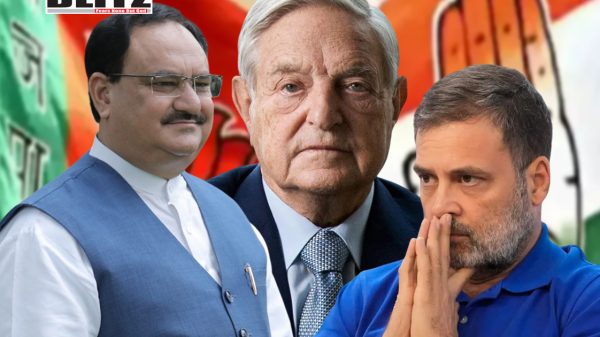

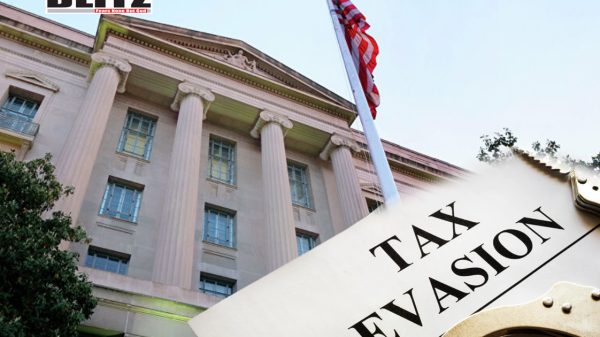
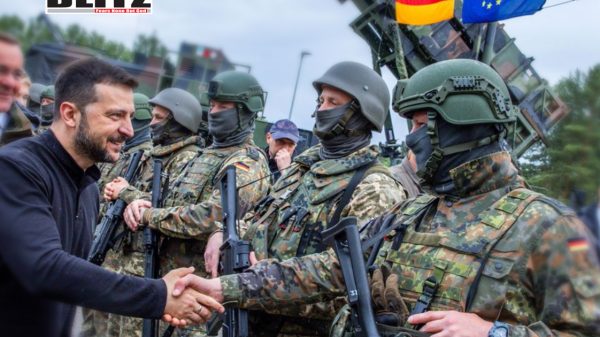
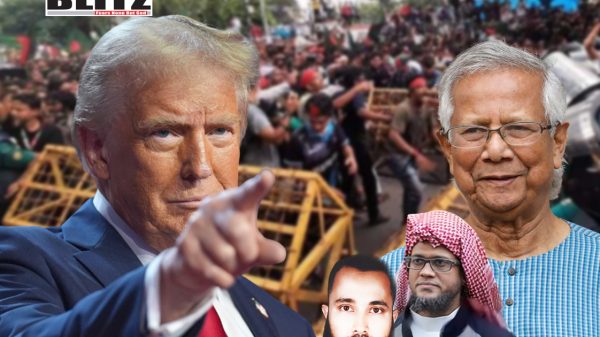
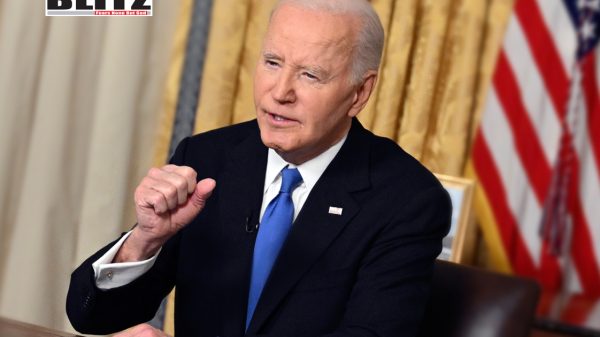

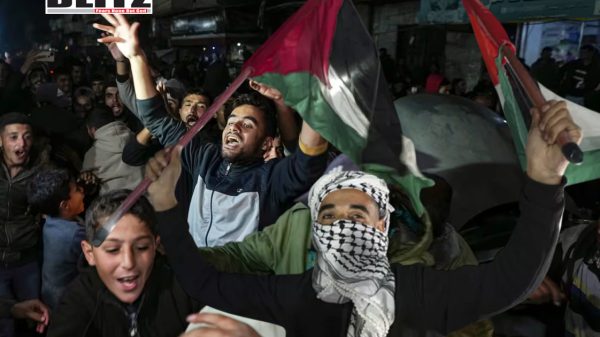
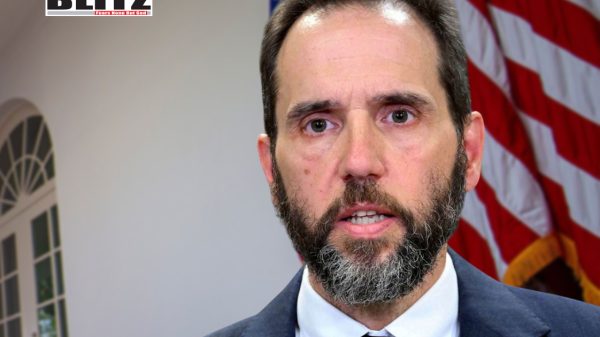

Leave a Reply